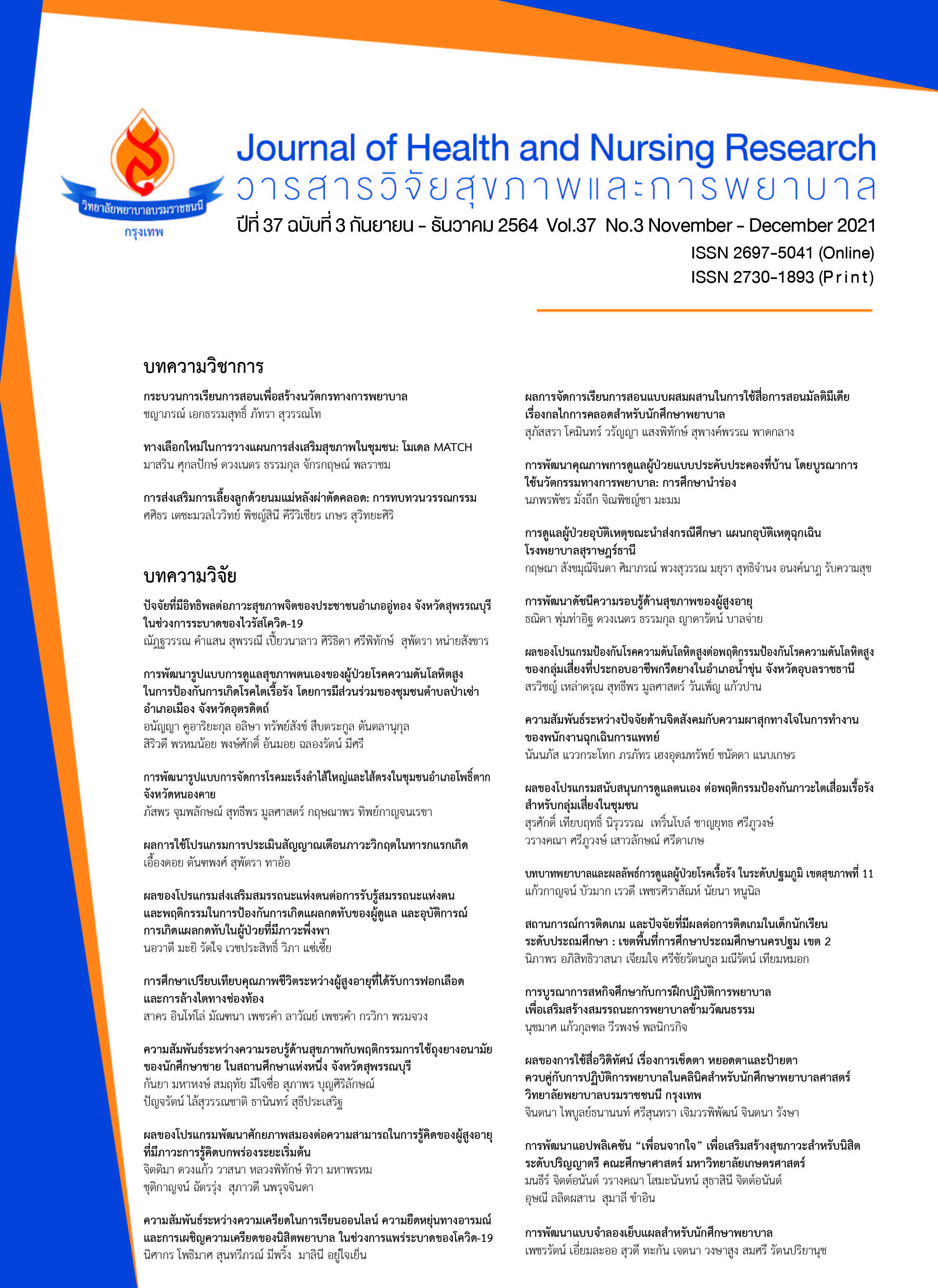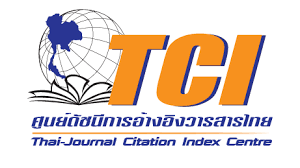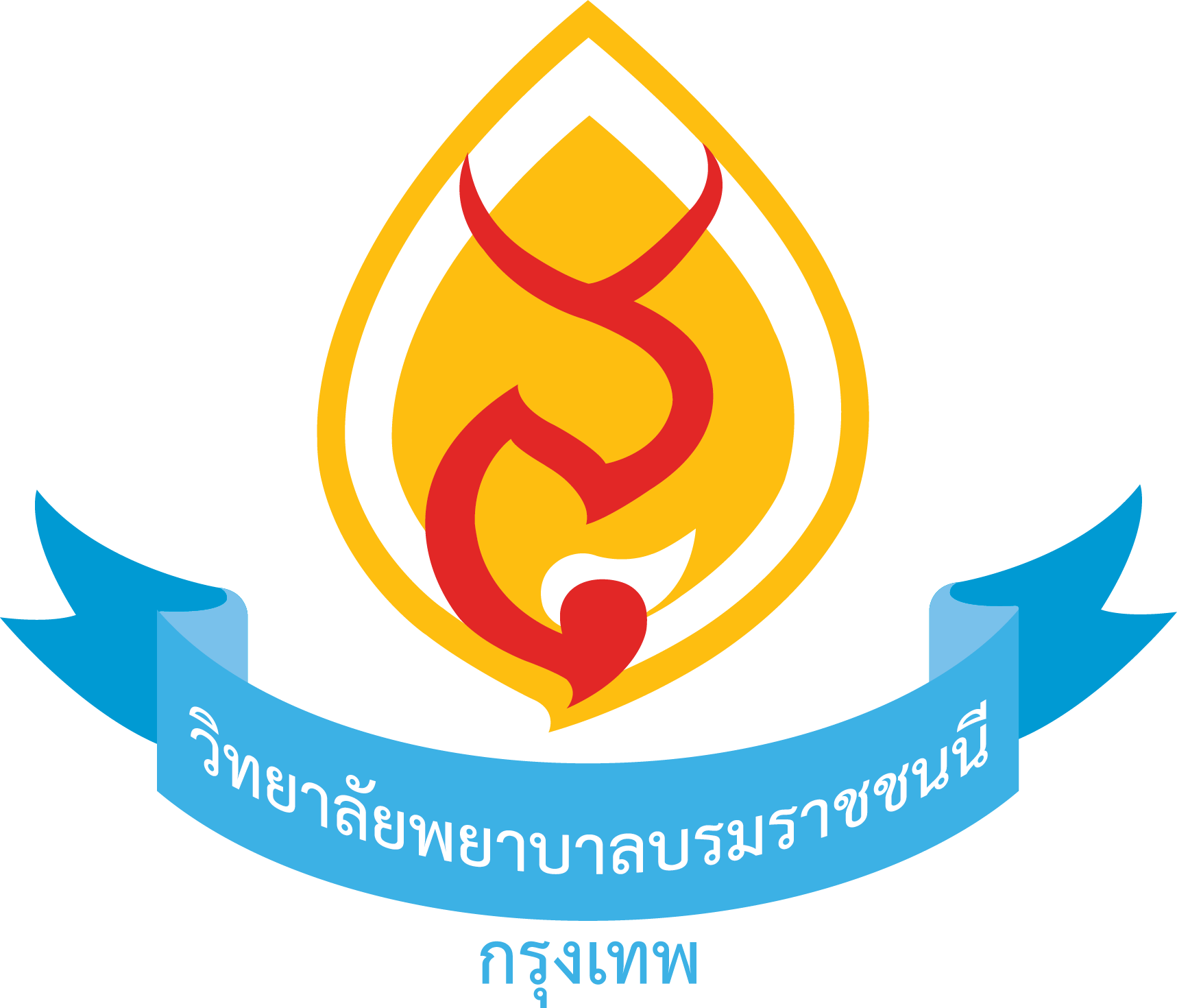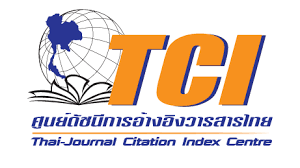ผลการใช้โปรแกรมการประเมินสัญญาณเตือนภาวะวิกฤตในทารกแรกเกิด ในการพยาบาลทารกแรกเกิด สถาบันสุขภาพเด็กแห่งชาติมหาราชินี
คำสำคัญ:
โปรแกรมการประเมินสัญญาณเตือนภาวะวิกฤตในทารกแรกเกิด, ทารกแรกเกิด, การย้ายเข้าหอผู้ป่วยวิกฤต, การช่วยฟื้นคืนชีพโดยไม่ได้วางแผนบทคัดย่อ
บทนำ: การเปลี่ยนสภาพแวดล้อมจากในครรภ์สู่ภายนอกครรภ์ของทารกแรกเกิดจะมีความเสี่ยงต่อการเกิดภาวะแทรกซ้อน พยาบาลวิชาชีพเป็นผู้ที่มีบทบาทสำคัญอย่างยิ่งในการประเมินสัญญาณเตือนภาวะวิกฤตและให้การช่วยเหลืออย่างรวดเร็วเพื่อให้ทารกปลอดภัยและไม่เกิดภาวะแทรกซ้อนที่เป็นอันตราย วัตถุประสงค์: เพื่อพัฒนาโปรแกรมและศึกษาผลการใช้โปรแกรมการประเมินสัญญาณเตือนภาวะวิกฤตในทารกแรกเกิด (Newborn Modified Early Warning Scoring: NEWS) โดยศึกษาผลลัพธ์ต่อพยาบาลและต่อผู้ป่วยที่ใช้โปรแกรม ระเบียบวิธีวิจัย: การวิจัยและพัฒนา (R&D) นี้ ดำเนินการระหว่างวันที่ 1 ตุลาคม 2563 – 31 พฤษภาคม พ.ศ. 2564 โดยประยุกต์ทฤษฎีระบบ (System theory) ร่วมกับวงจรการพัฒนาคุณภาพ (PDCA) ตามแนวคิดของ เดมมิ่ง (Deming Cycle) กลุ่มตัวอย่างที่ใช้ประกอบด้วย พยาบาลวิชาชีพ ทั้งหมด 31 คน และผู้ป่วยทารกแรกเกิดทั้งหมด 220 คน เครื่องมือวิจัยประกอบด้วย แบบบันทึกข้อมูลส่วนบุคคลของทารกแรกเกิดและมารดา แบบประเมิน NEWS แบบประเมินความรู้ NEWS แบบสังเกตการปฏิบัติ และ แบบประเมินความพึงพอใจต่อการใช้ NEWS วิเคราะห์ข้อมูลโดยใช้สถิติเชิงพรรณนา สถิติทดสอบที (pair t-test) และสถิติการทดสอบฟิชเชอร์(Fisher’s Exact test) ผลการวิจัย: พบว่า 1) ความรู้ของพยาบาลในการประเมิน NEWS ภายหลังการอบรมสูงกว่าก่อนการอบรมอย่างมีนัยสำคัญทางสถิติ (p< .001) 2) คะแนนปฏิบัติของพยาบาลในการประเมิน NEWS ปฏิบัติถูกต้องผ่านเกณฑ์ เฉลี่ยร้อยละ 96.77 (x ̅= 96.77, SD.= 7.47) 3) ความพึงพอใจของพยาบาลวิชาชีพต่อการใช้โปรแกรมการประเมิน NEWS ภาพรวมอยู่ในระดับมากที่สุด 4) ผลการใช้โปรแกรมการประเมิน NEWS อุบัติการณ์ผู้ป่วยย้ายเข้า ICU โดยไม่ได้วางแผนลดลงอย่างมีนัยสำคัญทางสถิติ (p< .05) และไม่พบอุบัติการณ์ผู้ป่วยที่ต้องช่วยฟื้นคืนชีพ (CPR) โดยไม่ได้วางแผน สรุปผล: การประเมิน NEWS มีประสิทธิผลในการเฝ้าระวังภาวะแทรกซ้อนที่จะเกิดกับผู้ป่วยทารกแรกเกิดและให้การดูแลรักษาที่รวดเร็วเหมาะสมกับสภาวะของผู้ป่วย ข้อเสนอแนะ: ควรนำการประเมิน NEWS ไปใช้ประเมินทารกแรกเกิดในหอผู้ป่วยทารกแรกเกิด และควรมีการศึกษาวิจัยต่อเนื่องในสถานพยาบาลที่ดูแลทารกแรกเกิดอื่นๆในเครือเขตบริการสุขภาพทั้ง 13 เขต
Downloads
เอกสารอ้างอิง
Paliwoda M, New K, Bogossian F. Neonatal early warning tools for recognizing and responding
to clinical deterioration in neonates cared for in the maternity setting: A retrospective case–
control study. International Journal of Nursing Studies 2020;61:125-35.
Announcement of the Thailand. Nursing and Midwifery Council of Nursing Standard, 2019 As
of 18 th April, 2019. Available from: https://www.tnmc.or.th/images/userfiles/files/A111.PDF.
Mangchom M. Early warning sign: Suveillance of risk in NICU. In:Punnahitanon S (Editor).
Practical Point Updates in Neonatal Care, Bangkok: Active Print Co.,Ltd. 2019;142-47.
(in Thai)
Thongsawang N. Early warning sign. In: Punnahitanon S (Editor). Practical Point Updates in
Neonatal Care, Bangkok: Active Print Co.,Ltd. 2019;148-61. (in Thai)
Jirapaet K, Jirapaet V. Neonatal health assessment. 2rd Edition. Bangkok: Suttha printing
toll; 2008. (in Thai)
Statistical data in Queen Sirikit National Institute of Child Health 2020, Medical Record Work
Queen Sirikit National Institute of Child Health. (cited 2020 Oct 1). (in Thai)
Semakhun C. Research and development model. Journal of science 2009;10:97-104.
Leungratanamart L, Turner K, Reunreang T, and Rakkwamsuk S. Development of a Pedagogical
Model to Promote 21st Century Skills of Nursing Students. Nursing Journal of the Ministry of
Public Health. 2018: 127-38.
Hoy W, Miskel CG. Education Administration: Theory Reseach and Practice 6th ed. New
York: McGraw-Hill; 2012.
Bertalanffy LV. Education Administration and the Behavioral–Sciences: A system
Perspective. Boston: Allyn and Bacon, 1973.
Thailand Productivity Institute. PDCA. [cited 2020 May 1] Available from:
https://www.ftpi.or.th/2015/2125
Mortenson N, Augustsson JH, Ulriksen J, Hinna UT, Schmolzer GM, Solevag Al. Early
warning and tract and trigger system for newborn infant:A review. Journal of Child health
Care 2017;21(1):117-20.
Roland D, Madar J, Connolly G. The newborn early warning (NEW) system: development of
an at-risk infant intervention system. Journal of Infant 2010;6(4):116-20.
Faul F, Erdfelder E, Lang AG, Buchner, A. G*Power 3: a flexible statistical power
analysis program for the social, behavioral, and biomedical sciences. Behavior Research
Methods 2007;39:175-191.
Cohen J. Statistical power analysis for the behavioral sciences (Revised Ed.); 1997.
Chalermkiat H, Kwanchai C, Kanthika A, Weenakan R. Student's satisfaction in learning media
primavera 5.0 program at RMUTR. Modern Management Journal. 2010;8(2):81-94. (in Thai)
Srikhaorot O. Effect of using the standard of nursing care model for pediatric acute
respiratory tract Infection with pediatric early warning system on professional nurses,
satisfaction. [Thesis of faculty of nursing]. Bangkok: Chulalongkorn University; 2019. (in Thai)
Tanaree J. The efficacy of the pediatric early warning score: PEWS in the pediatric ward at
Kamphaeng Phet Hospital. Thai Journal of Pediatric 2016;55(3):196-201. (in Thai)
ดาวน์โหลด
เผยแพร่แล้ว
รูปแบบการอ้างอิง
ฉบับ
ประเภทบทความ
สัญญาอนุญาต
บทความที่ได้รับการตีพิมพ์ เป็นลิขสิทธิ์ของวารสารวิจัยสุขภาพและการพยาบาล (วิทยาลัยพยาบาลบรมราชชนนี กรุงเทพ) ไม่สามารถนำไปตีพิมพ์ซ้ำในวารสารฉบับอื่น


















